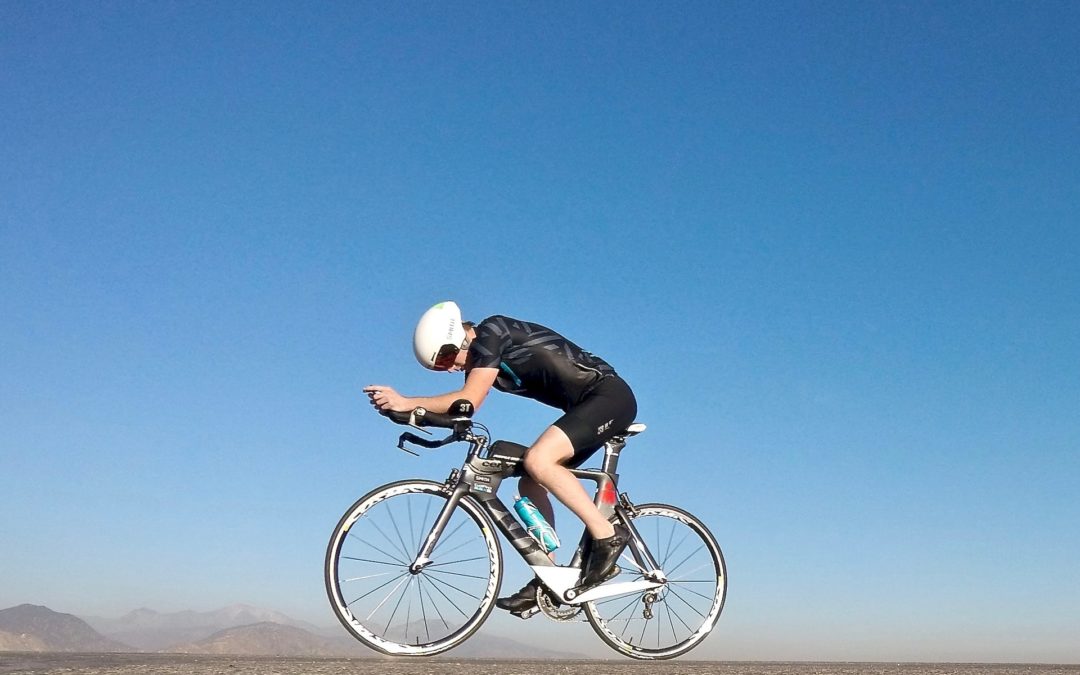Getting the right bike for your triathlon is one of the most critical decisions any athlete should make. After all, if you spend a lot of time on your bike during your race day, you must ensure that it’s equipped with the necessary components. Various types of triathlon bikes are available in the market, and you can choose from a wide variety of components and materials to ensure that you’ll be able to ride safely and efficiently.
Consider Your Goals
Before you start training for your next triathlon, you must know what type of bike will best suit your needs. You must also have a good understanding of your goals and training plans. For instance, if you’re planning on participating in multiple triathlons each year, then you must have a good idea about how many races you’ll be able to commit to. These questions will help you form a baseline for what features and benefits you’ll need when you buy a new bike.
Decide What Kind of Handlebars You Prefer
Two types of triathlon bikes are commonly used in this type of racing: aero bars and drop handlebars. Most people who participate in triathlon racing use aero bars. These are equipped with arm-length extensions that extend from the front of the bike to the end of the front end. They also have brake levers positioned at the end of the extensions. The aero bar is commonly used in triathlon racing as it offers a versatile and aerodynamic riding position. However, these types of bikes are not allowed to be used in competitions in certain jurisdictions.
In Olympic-style racing or ITU discipline triathlons, drop-style handlebars are required. These are the same type of bikes that are used in road racing. They feature a drop-style front end equipped with a hand position on the hoods and drops, allowing riders to access their brake and shifters easily. Also, some drop-style bikes are equipped with clip-on aero bars, which can be easily attached to the top portion of the drop bar. This type of setup allows you to have two bikes in one.
Manage Your Budget
Before you make a purchase, it’s important that you thoroughly consider the various factors that affect the price of a new bike. For instance, these should be considered if you’re planning on getting the latest and fancy braking and shifting components. It’s also important to remember that the purchase price shouldn’t just be about the quality of the bike. If you’re spending the same amount on two bikes, but one features a better-performing drivetrain and lighter wheels, then consider the other factors that will affect your purchase decision. There are a lot of great bikes on the market, so do your due diligence and ensure that you’re getting the best possible deal.
Select Some Top Contenders
After thoroughly checking your needs and budget, it’s time to start narrowing down the options to a few great candidates. It can be challenging to make a final decision, especially when so many great bikes are on the market. One of the most critical factors you should consider is the bike that will support your goals. Look for bikes made by reputable brands and avoid those with poor track records. Another vital factor that you should consider is the design of the bike. If you’re in love with the one you’ve chosen, you’ll want to spend as much time riding it as possible.
If unsatisfied with the current market options, consider getting a frame kit instead. This will allow you to customize the bike with the help of your local shop. You’ll also have the option of choosing from various wheels, drivetrain components, and accessories.
Get Fitted
Getting the proper fit is the most important aspect of any bike, and it’s also the most crucial factor you should consider when improving your riding comfort and performance. Now that you have a new bike in mind, it’s time to find an experienced and reputable fitter in your area.
Even though you have a few options that you’re considering, it’s essential to ask for a recommendation or consult with an experienced fitter to help you make the final decision. Not all models are created equal. If you have a physiological need that requires special attention, an experienced fitter may be able to recommend a different model or brand over one that’s just right for you.

